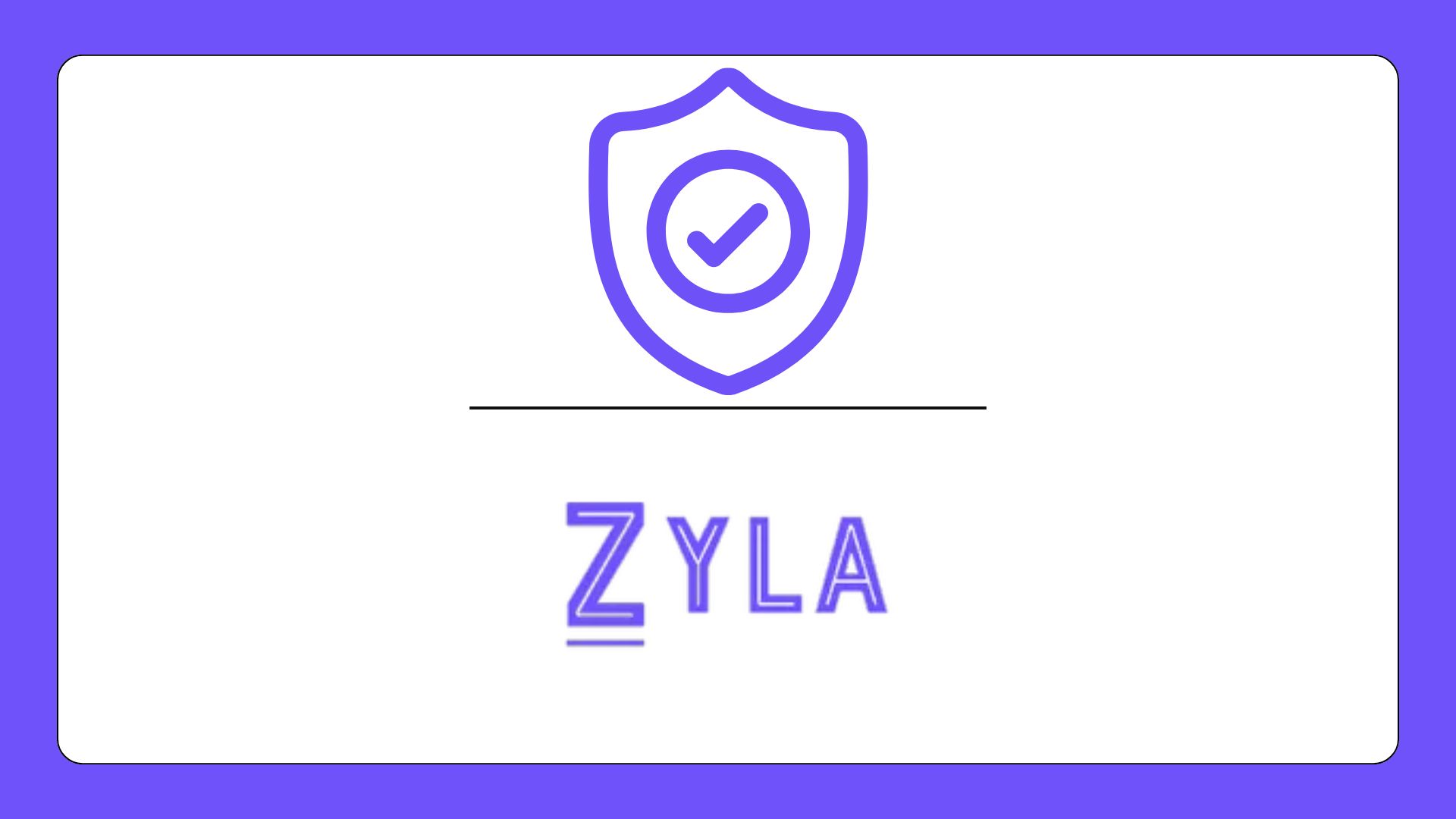Damage Assessment APIs Are Revolutionizing Insurance Claims

One critical area where technology is making significant inroads is in the management of insurance claims. In particular, a Damage Assessment API is playing a pivotal role in reshaping the way claims are handled, offering speed, accuracy, and efficiency that were previously unimaginable. Leading the charge on this transformation is Zyla API Hub!
Streamlining the Claims Process with a Damage Assessment API
One of the most significant advantages of implementing a Damage Assessment API is the automation of damage detection. Instead of waiting for an adjuster to visit the site and inspect the damage, policyholders can submit images or videos of the damage directly through an app or website. The Damage Assessment API processes these images instantly, identifying and assessing the extent of the damage based on pre-programmed parameters.
This automation not only speeds up the claims process but also minimizes the need for physical inspections. In cases where the damage is clear and easily identifiable, the API can generate a damage report within seconds, allowing insurers to approve or deny claims almost in real time. This rapid processing is a significant improvement over the days or weeks it used to take to process a claim manually.
Real-time analysis is a game-changer for insurance companies. With Damage Assessment APIs capable of analyzing images and data instantly, insurers can drastically reduce the claim cycle time. Where a manual inspection could take days or even weeks, real-time AI-driven analysis can cut that time down to hours or minutes. This speed ensures that policyholders receive faster resolutions to their claims, enhancing overall satisfaction. Furthermore, this efficiency translates into cost savings for insurers. By reducing the need for human involvement and physical inspections, the insurer can streamline its operations and allocate resources more effectively. This speed also allows for a better customer experience, as policyholders no longer need to wait for days on end to find out the status of their claims.
Identifying and Preventing Fraud with AI-Driven Damage Detection
Fraudulent claims are a significant problem for insurers, costing the industry billions of dollars every year. Damage Assessment APIs, particularly those powered by AI, can help detect fraudulent claims by analyzing patterns in the submitted data. The system is trained to recognize inconsistencies in images or reports that may indicate exaggeration, misrepresentation, or intentional damage.
By cross-referencing data, analyzing historical claims, and applying fraud detection algorithms, Damage Assessment APIs can flag suspicious claims for further review, reducing the risk of fraudulent payouts. This capability not only protects the insurer’s bottom line but also ensures that legitimate policyholders are not penalized due to fraudulent activity.
One of the standout features of the Zyla API Hub is having Damage Assessment APIs that can help with their ability to use image recognition and machine learning to verify claims. These technologies analyze images submitted by policyholders to detect specific damage markers, such as cracks, dents, or wear. By comparing these images with a vast database of previous claims and known damage patterns, the API can make an objective determination of the damage’s extent, minimizing the subjectivity often involved in manual assessments.







